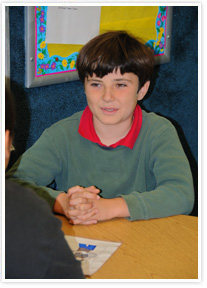Effective and efficient teaching requires getting lots of task relevant student responses in the short period of time we have to teach. It’s just as true for reading, math, and geography as it is for swimming, baseball, and golf. In order to achieve this teaching goal, we have adopted several effective ways to encourage students to make many task related responses. Click to learn more about the “whys” and “hows” of active student engagement from the expert, Anita Archer.
Smart responses only
But first a proviso: High rates of student responding do not imply that the responses are “intelligent.” Student responses can be at a high rate and be stupid. Teachers must encourage students to make intelligent responses. For instance, if the question calls for a deduction, students will not benefit from merely parroting the correct answer. The intelligent response is a deduction. In addition, students must not be allowed to practice incorrect responses, so, just as is true in tennis, effective teaching means that errors must be corrected immediately.
Encouraging engagement
The following methods encourage student engagement. Our teachers are coached to implement all of them.
Be prepared — Teachers must be prepared with precisely what skills they will model, what examples they will use, how they will assist students, the sequence of the lesson, and so on. Scripted lessons are a great asset.
Organize the classroom — Organized classrooms mean that materials are ready, equipment is ready, and student transitions are practiced.
Group by skill and get unison group responses — When students are “on the same page,” they all can respond at the same time and in the same way, giving the teacher precise knowledge of how all of them are doing.
Get student attention before proceeding — Seems logical but only effective teachers do it regularly.
Teach student/learner skills — How to sit, how to respond to questions, how to organize oneself as a student are critical “session skills.”
Review and/or provide a rationale — Reviews and previews work like maps to tell students what’s relevant in the lesson.
“Catch ‘em being good” and praise them for it. — We can’t say this enough!



